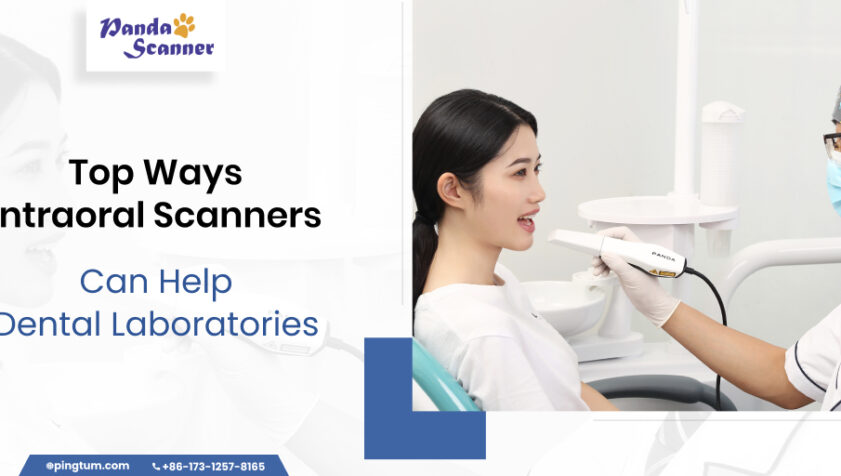With the advent of the intraoral scanner, the field of dentistry has advanced fast as it has entered the digital era. A dental scanner can function as a visualization tool for dentists, and have a proper look at the patient’s oral cavity. Interestingly, this is one of the places where it beats traditional dentistry, as it allows dentists to capture the entire buccal cavity with great clarity, and precision. The China intraoral scanners offer many benefits to not only dentists, but also dental technicians, by speeding up the process of the entire treatment. Even the patients who are receiving the treatment with the help of these scanners can experience a safe, educational, and pain-free journey. So, if you are a dentist who has not yet switched to digital dentistry, know that after a while you may lag behind your competitors, since more and more dentists are embracing digital dentistry, and purchasing intraoral scanners.
With your one decision, you can take a big leap, start getting more patient visits, offer them great treatments, and even earn more revenue. However, since these scanners are advanced and built with cut-edge technology, you need to know how to use them.
But before understanding how to use the intraoral scanners in the best possible way. Here, takes a look at what is an intraoral scanner first.

What Is An Intraoral Scanner?
An intraoral scanner is an intelligent digital tool that helps to generate an image of the teeth and gum of the patient’s oral cavity, and then these are displayed on the chairside monitor for the dentist and patient to view it. First, these images are processed with the help of CAD software, and then the real-time images of it are displayed on the side monitor. As dentists can see these images, they can conduct the diagnosis in a detailed way and can conduct a proper diagnosis. Hence, we no longer have to wait for the X-ray results like the traditional scanning process. The scanner here with the help of a laser or an optical source scan the gum and teeth of the patients and prevents them from getting exposed to radiation. The China intraoral scanners successfully create realistic 3D scans very fast, which are then displayed on the chairside touchscreen and are viewed by the dentists as well as the patient. Once the scanning is over, the dentists can transmit these images to the dental laboratory to craft a restorative solution with the help of 3D technology.
Now, let’s check out how to use dental scanners to get the best result out of them.
Best Tips to Use the Intraoral Scanner
When one masters how to use dental scanners, the device helps you to work fluently, and they are used at the best capacity. So, here are some of the tips that you can follow to utilize the device in a better way.
Start using it slowly
Beginners using the scanner should first slowly learn how to use it and know that for using the device properly there is a learning curve that they should follow. Gaining full knowledge about how to use the device can take a good amount of time. So, slowly start with the application and then find out its application for various indications. Also, you can get in touch with the technical team to clear your queries, and doubts about the tool. Once you master the art of using the device, you can start using it on patients.
Learn about the features, and scan strategy
The accuracy of the impressions can only be obtained with the strategy that the manufacturer mentions to use it. All the intraoral scanners come with their own features, so as a dentist you should get familiar with them, and only then use the scanners in your practice. For instance, a Panda P2 intraoral scanner, has a staring technology for scanning, plus a thermal management system.
Ensure that the scan area is dry
To get the best result by scanning with the intraoral scanners, it is important to control the moisture in the mouth of the patients. The saliva, mucus and even blood can create a reflection, and distort the final image. So, you should frequently clean the patient’s mouth to obtain the impression.
Conclusion
Intraoral scanners can add great value to the dental clinic as it helps with a range of solutions. These scanners can help you to diagnose faster, better and with great accuracy, and eventually boost the speed of the total treatment process. However, since you are a beginner, to get the best result you must integrate with your dental workflow gradually. It is only when dentists are aware of how to use the best scanners in the right way, they can use the technology at its best capacity.






